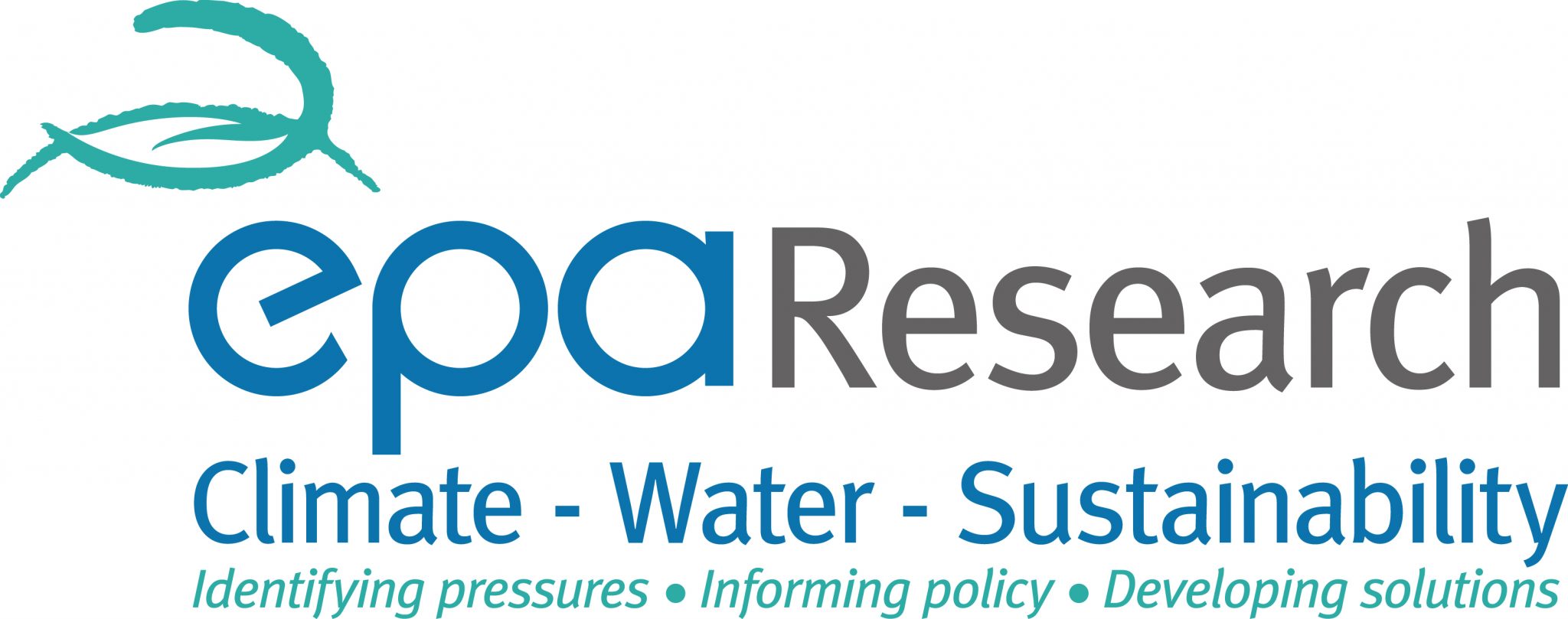Potential Sources and Environmental Fates of Certain Phthalates
Lead PIs
Funded By
This project is funded under the EPA Research Programme 2014-2020. The EPA Research Programme is a Government of Ireland initiative funded by the Department of Communications, Climate Action and Environment. It is administered by the Environmental Protection Agency, which has the statutory function of co-ordinating and promoting environmental research.

Project Summary
Phthalate esters are a group of synthetic organic chemicals that are most commonly used as plasticizers in polyvinyl chloride (PVC) materials. Common end uses for PVC, and therefore phthalates, include tubing, blood bags, medical devices, clothing, flooring, packaging, toys, automobile parts, flooring, and roofing. As phthalates are so commonly used, their impact on the environment and human health has been extensively studied. Phthalates have been found to be recalcitrant, ubiquitous within the environment, and in many cases, detrimental to human and animal health.
This project represents an important collaboration between three research centres (DCU, ASU, & NIVA) with support from Irish Water, Panda and Fingal Co. Co., to assess the potential sources and environmental fates of priority phthalates in Ireland.This project is supported by several by studies carried out in Ireland already (DCU) and a vast array of literature in the area of priority pollutant monitoring. The impact of such study would be the analysis of these eleven phthalates from source to fate, in order to inform environmental policy on the risks posed by phthalate usage.
The phthalates proposed for investigation are Benzylbutylphthalate (BBP), Dibutylphthalate (DBP), Dipentylphthalate (DPP), Diisopentylphthalate (DIPP), Diethylhexylphthalate (DEHP), Dihexylphthalate (DHP), Diisobutylphthalate (DIBP), Di-n-octylphthalate (DNOP), Diisononylphthalate (DINP), Diisodecylphthalate (DIDP) and Dimethylphthalate (DMP). Research into the human health effects of phthalates is far from complete, and while phthalates including DBP, BBP, and DEHP have been banned or limited in manufacturing (in particular for items such as children’s toys), new research is emerging which indicates that substitute plasticizers have similar deleterious health effects. This research is timely as the extent of phthalate contamination within Ireland, and the impacts on human health, are unknown.
Disclaimer
Although every effort has been made to ensure the accuracy of the material contained in this website, complete accuracy cannot be guaranteed. Neither the Environmental Protection Agency nor the authors accept any responsibility whatsoever for loss or damage occasioned or claimed to have been occasioned, in part or in full, as a consequence of any person acting or refraining from acting, as a result of a matter contained in this website.
